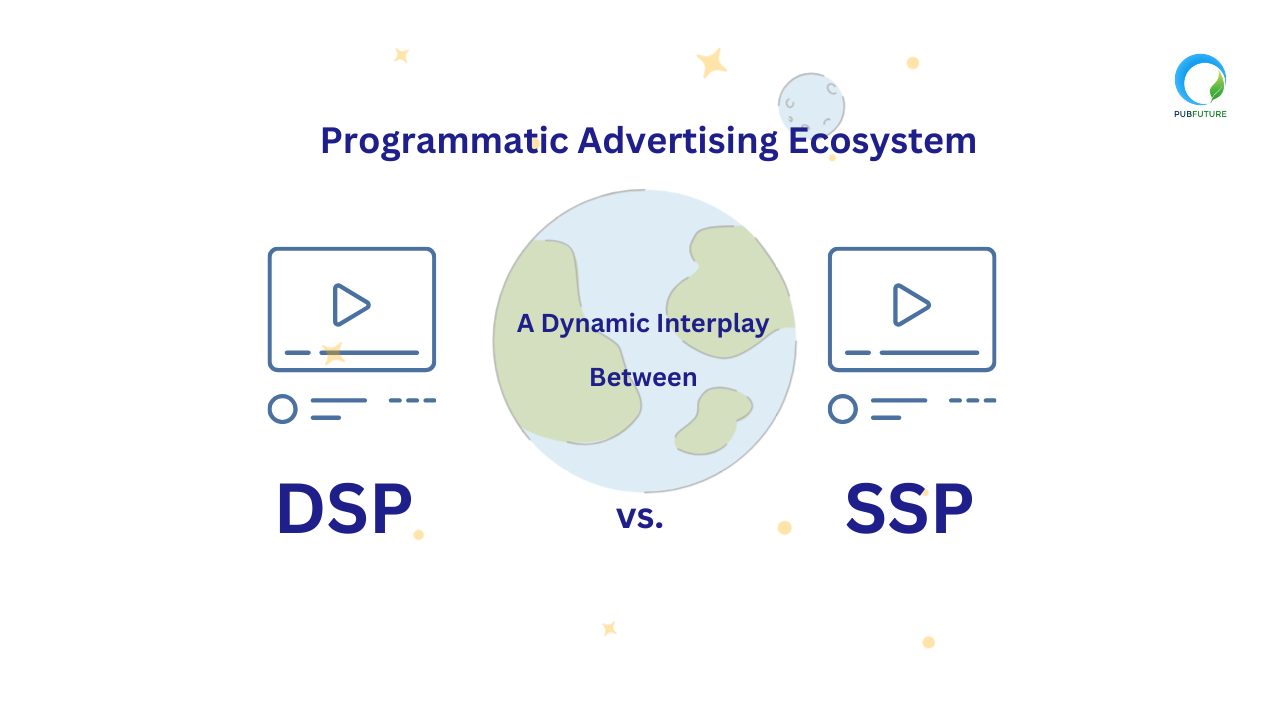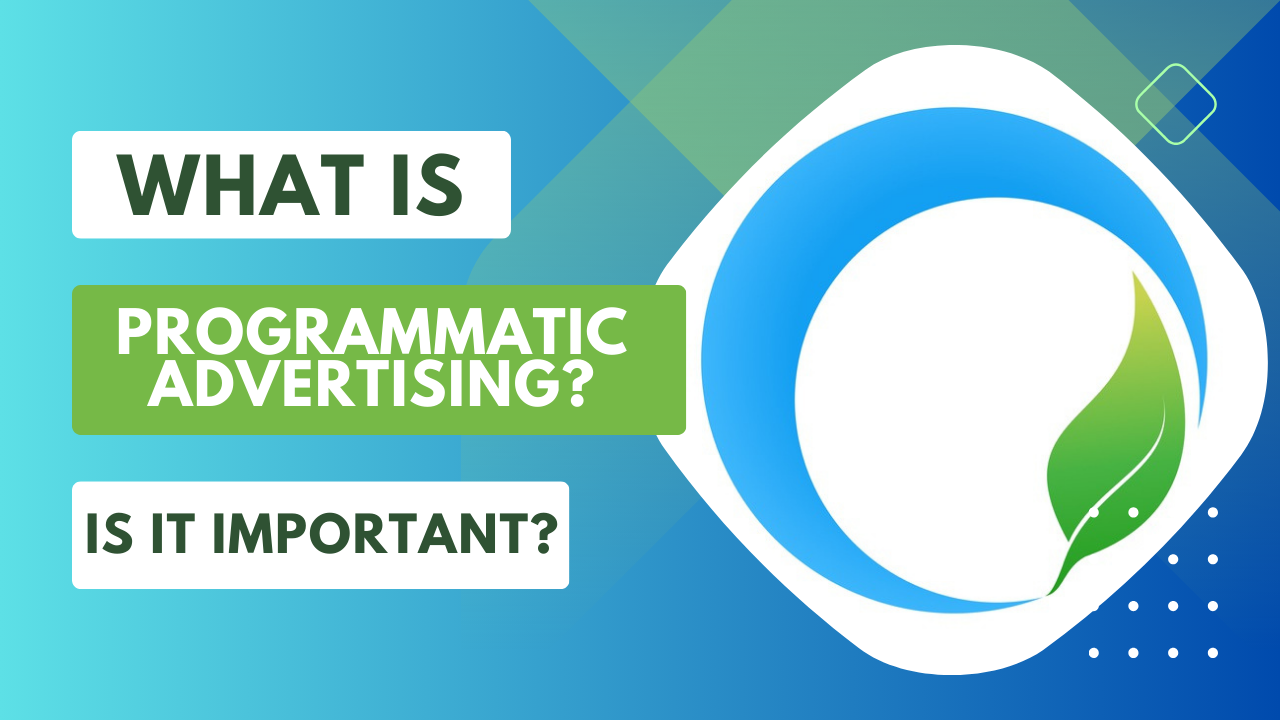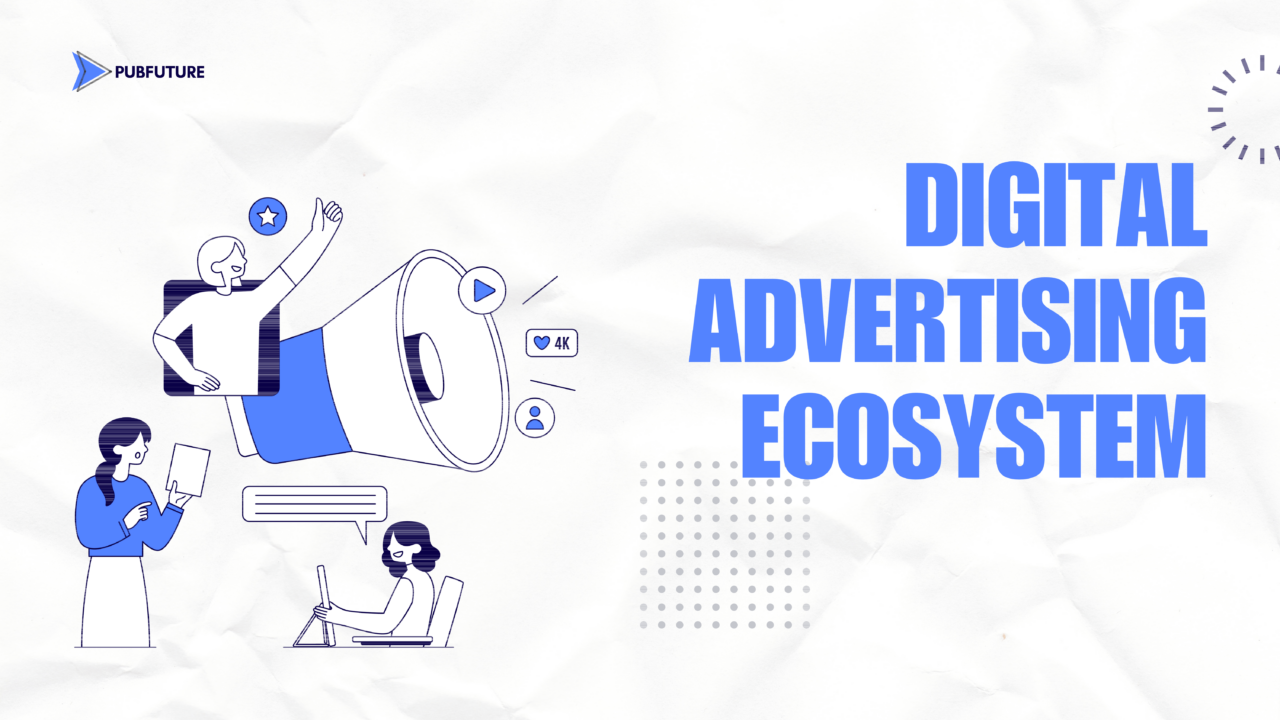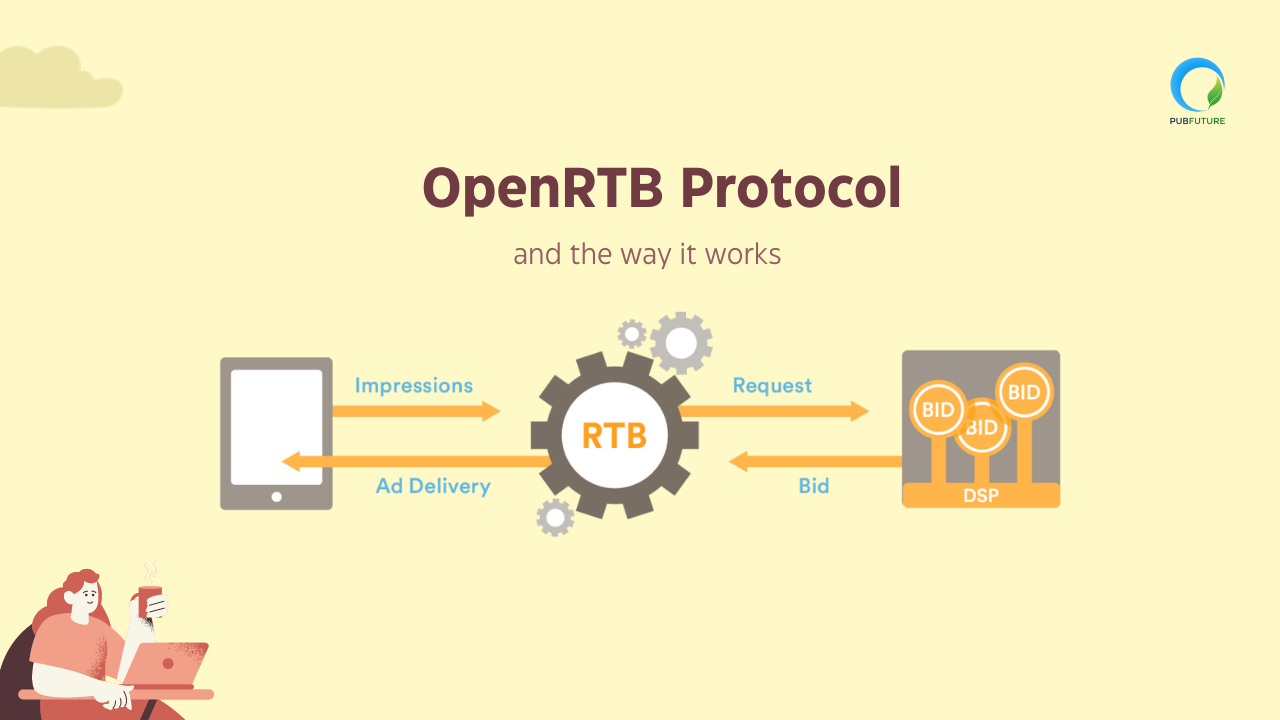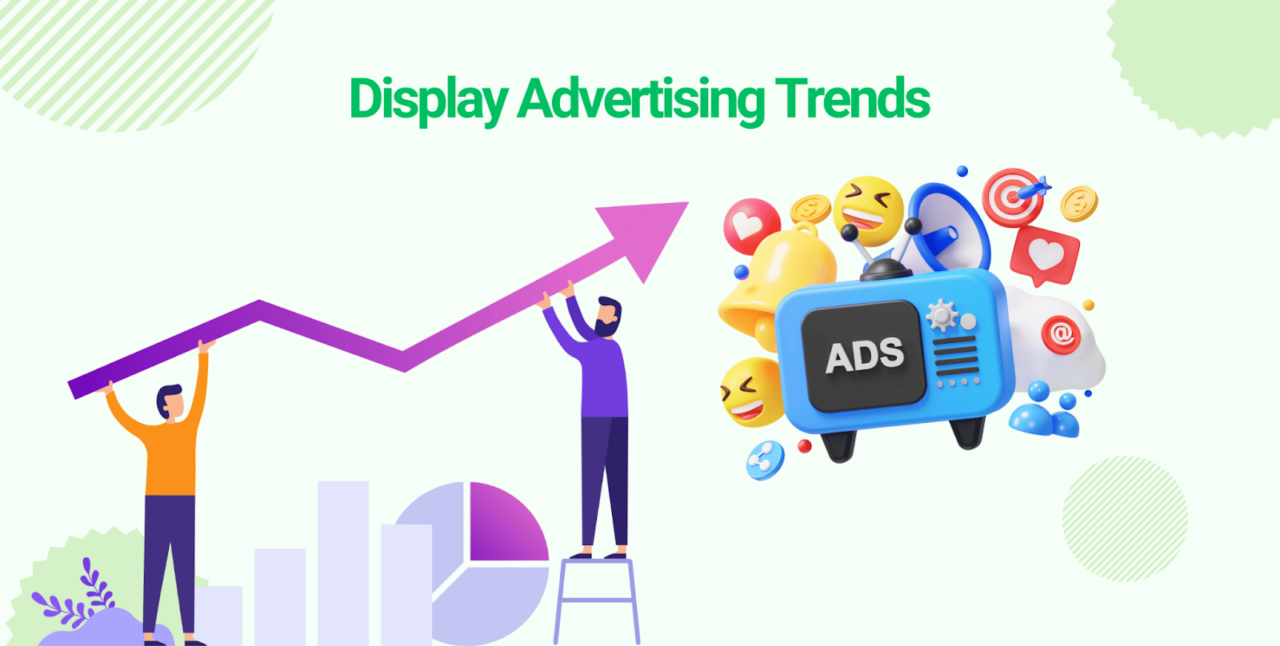DSPs and SSPs are crucial technologies for increasing the efficiency of your advertising efforts. They are also something you just can’t avoid once you enter this automated market.
Automation helps increase process efficiency regardless of every industry it is applied, thus digital advertising is no exception. Automatic technology has been strongly developed thanks to the massive growth of possibilities, advertising space, and competition. Therefore, not only effectiveness but also efficiency becomes crucial.
In advertising, the term “programmatic advertising” is well-known, which is resulted by the use of data and automated workflows to optimize ad placement buying. In this article, PubFuture delves into how DSP and SSP smoothly work together, as well as how they narrow down the gap between advertisers and publishers.
What Is A Demand-Side Platform (DSP)?
DSP, or demand-side platform, is a programmatic advertising technology platform, on which advertisers working at brands and ad agencies buy inventory (also known as ad space) from multiple sources, which can be SSPs.
DSP platforms provide a variety of targeting options and ad formats, some of them offer self-service, others – fast and reliable support and guidance, and many other functionalities that can help advertisers and agencies reach their audiences more efficiently.
What Is A Supply-Side Platform (SSP)?
SSP, or supply-side platform, is a programmatic platform, by using which publishers can offer their available ad slots to advertisers to maximize revenue on a website, a group of websites, or an app, a group of apps.
Put simply, publishers have ad placements that they want to fill with ads from brands. SSP assists publishers in connecting to multiple DSPs at the same time and offers available placements for bidding. Used in conjunction with publisher ad servers, SSPs enable easier ad inventory management and offers and ensure publishers sell their inventory for the best price.
How DSP and SSP work
DSP and SSP play their roles in a programmatic ecosystem, and conduct trade with each other on ad exchanges. While DSP connects advertisers who want to buy ad space, SSP enables an environment for publishers who have ad space for sale. With the base of technology, advertisers automatically buy listed ad placements via auctions for the best possible price, while publishers can sell available ad space to the highest relevant bidder. All the deals are completed in real time, which positively impacts revenue for publishers and optimize costs for advertisers.
As the terms imply, DSP, the demand-side platform is driven by the demand side (advertisers and agencies). Its aim is to deliver the campaign at the best possible cost and maximize the result at the same time.
As opposed to the DSP, SSP indicates the supply side (platforms for publishers). It helps publishers utilize empty ad spaces so they are not wasted, sell them to DSP thus maximize revenue.
So what really occurs between DSP and SSP?
Source: kargo.com
Advertisers and ad agencies use DSPs to purchase ad space from publishers via ad exchanges and SSPs, typically during RTB auctions. In reality, there would be multiple DSPs, ad exchanges, and SSPs involved in a given RTB media transaction. Though DSP plays the role as a “middle man”, they are responsible for far more than just the purchasing of available inventory.
Once advertisers have set up their campaigns in a DSP, including targeting and creatives (ads), the DSP then bids on impressions offered by ad exchanges and SSPs. So each time a DSP receives a request from an ad exchange or SSP telling it that there is an impression available, the DSP analyzes the data about the user and decides how much this particular user is worth based on their relevance to the media buyer.
Despite complicated as it may sound, the process lasts for a fraction of a second – or is completed in a blink of an eye.
Multiple DSPs and SSPs attend to the programmatic advertising ecosystem, especially SSPs connect to a variety of DSPs for a couple of reasons as follows:
- Maximizing revenue: A website is accessed by many sorts of visitors who have distinct geographic locations, specific online behavior, etc. By connecting to a vast number of DSPs, it is easier to find suitable ones for each typical ad placement, thus maximizing revenue.
- Minimizing advertising restrictions: There are ad contents that publishers do not want to implement on their sites, some may be restricted such as intrusive ad, violence, or else. Therefore, connection to multiple DSPs ensures a higher number of possible buyers and increases the chances of selling an ad space despite existing limitations.
We compilate some key differences among DSP and SSP as follows:
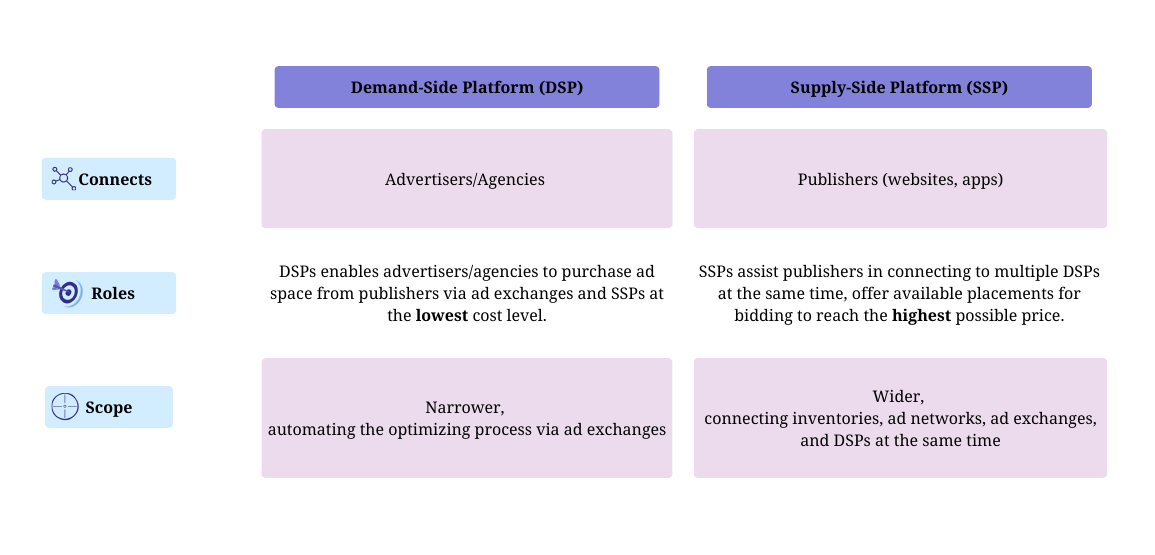
Is PubFuture a SSP or DSP?
PubFuture is a SSP. Throughout the years, we have provided many publishers with a technology-based environment to optimize ad inventories among premium demand sources. We take wholy part in the programmatic ecosystem as a supply side, which is based on the traffic provided by publishers. A set of software solutions are being developed and applied to manage, optimize programmatic strategies and facilitate header bidding such as Direct, Prebid, OpenRTB, or VAST frameworks. Our professional team is now ready to provide the most optimal solutions for publishers.
Let PubFuture scale your revenue up.




